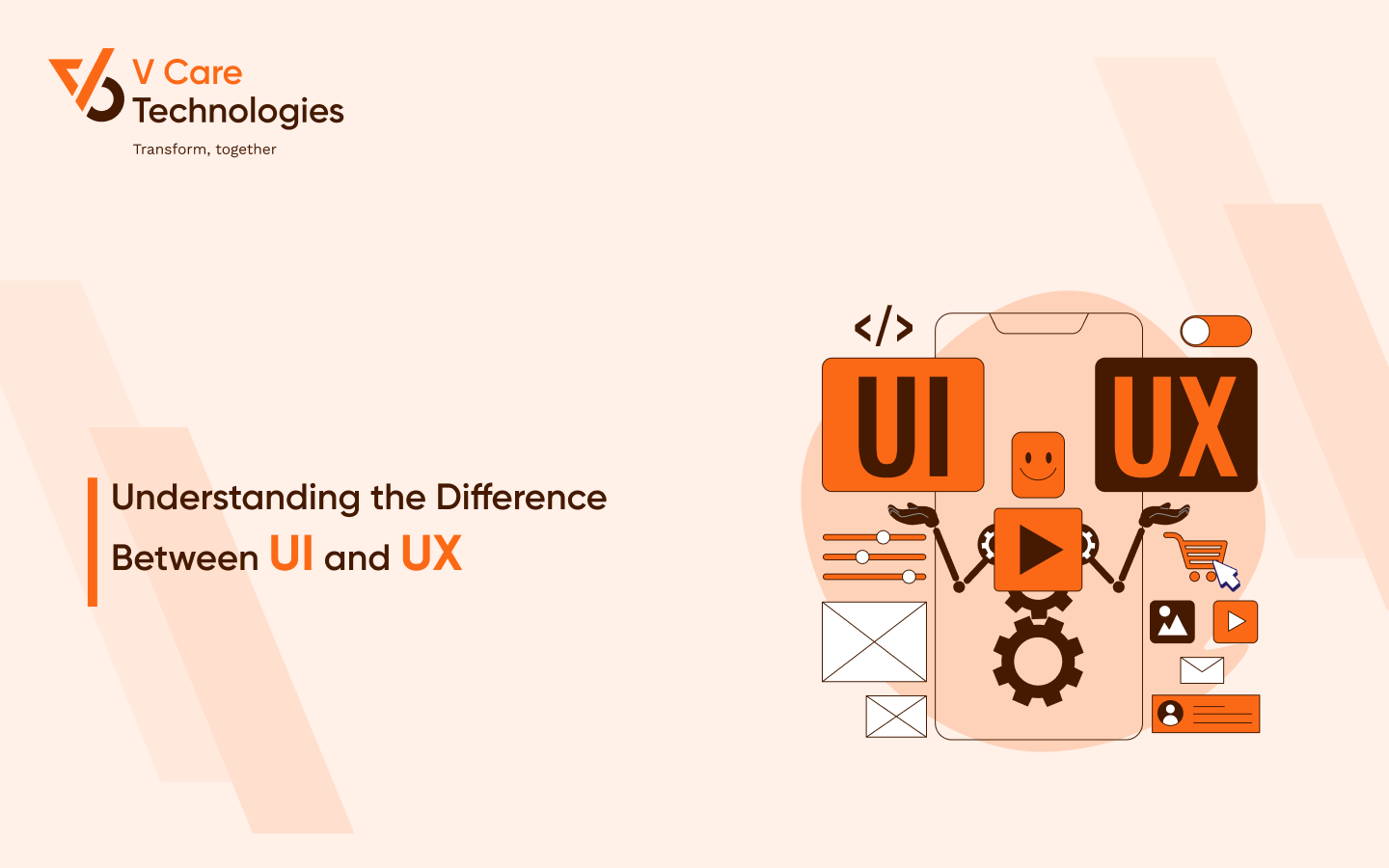Website Speed Optimization Tips: Don't Lose Visitors
Imagine this: you're browsing online, excited to check out that new pair of sneakers you've been eyeing. You click on the link, wait... and wait... and wait. The website is taking forever to load. Frustration sets in, and before you know it, you've slammed the tab shut and moved on. Sound familiar? In today's fast-paced world, website speed is no longer a luxury - it's a necessity.
Think about it - how often do you wait around for a slow website to load? Chances are, not very long. Studies show that attention spans are shrinking, and users expect websites to load in the blink of an eye. A slow website translates to lost visitors, decreased conversions, and a dent in your overall online success. But fear not! Website speed optimization is here to save the day.
Why Website Speed Matters: More Than Just Impatience
So, why exactly is website speed such a big deal? It all boils down to two key factors: user experience (UX) and search engine optimization (SEO). Let's break it down.
UX Champion: A lightning-fast website is a user's best friend. Nobody enjoys staring at a loading screen, and a slow website can quickly turn a curious visitor into a frustrated ex-visitor. Website speed optimization ensures a smooth, seamless experience for your users, keeping them engaged and happy. Happy users are more likely to stick around, explore your website, and ultimately convert into paying customers.
SEO Superstar: Search engines, like Google, prioritize websites that offer a great user experience. Among the primary elements considered in their evaluation is the speed of the website.. A slow website gets ranked lower in search results, making it harder for potential customers to find you. Website speed optimization helps you climb the search engine ladder, putting your website in front of a wider audience.
Identifying the Speed Demons: How to Spot Website Speed Issues
Before you jump into website speed optimization tactics, it's crucial to diagnose the problem. Thankfully, there are several tools and methods available to help you identify website speed issues.
Speed Demons Unveiled: One of the easiest ways to assess your website's speed is with Google PageSpeed Insights. This free tool analyzes your website and provides a detailed report on its loading speed, along with specific recommendations for improvement. Other popular options include GTmetrix and Pingdom Website Speed Test.
Metrics that Matter: When analyzing your website speed reports, pay close attention to key metrics like page load time, page size, and Time to First Byte (TTFB). Page load time refers to the total time it takes for a webpage to fully load. Page size indicates the overall weight of your webpage, including images, videos, and code. TTFB measures the time it takes for your browser to receive the first byte of data from the server. Focusing on these metrics will help you pinpoint areas for improvement in your website speed optimization journey.
Actionable Tips for Website Speed Optimization: Unleash Your Inner Speed Demon
Now that you understand the importance of website speed and how to identify issues, let's dive into some actionable tips to optimize your website for lightning-fast performance.
Image Optimization: Making Your Visuals Lean and Mean
Images are a fantastic way to enhance your website's visual appeal, but they can also be major speed culprits. Achieving an ideal equilibrium: A step-by-step guide
- Compress those pixels! There are numerous online tools and plugins available to compress image files without sacrificing quality. A smaller image size translates to faster loading times.
- Choose the right format: Different image formats are suited for different purposes. JPEG is great for photos with a lot of colour variation, while PNG excels for graphics with sharp lines and text. Selecting the appropriate format ensures optimal compression and speeds things up.
Reduce HTTP Requests: Streamlining the Download Process
Every time your website loads an element, like an image, a CSS file, or a JavaScript file, it sends an HTTP request to the server. An excessive number of requests can slow down the loading process. Here's how to streamline things:
- Combine your files: Consider combining multiple CSS and JavaScript files into single files. This reduces the number of HTTP requests your website needs to make, leading to a faster loading experience.
- Leverage browser caching: When a user visits your website for the first time, their browser downloads all the necessary files (images, scripts, etc.). Browser caching allows the browser to store these files locally, so they don't need to be downloaded again on subsequent visits. This significantly reduces loading times for returning visitors.
- Less is more: Minification removes unnecessary characters from your code, such as extra spaces, comments, and line breaks. This reduces the overall file size, making it load faster for users.
- Minify with ease: Thankfully, you don't have to become a coding whiz to reap the benefits of minification. Numerous online tools and plugins can automatically minify your website's code, saving you time and effort.
Content Delivery Networks (CDNs): Spreading the Load for Global Reach
Website speed optimisation becomes even more crucial if your website caters to a global audience. Here's where Content Delivery Networks (CDNs) come to the rescue:
- ** geographically dispersed servers:** A CDN stores copies of your website's static content (images, videos, JavaScript files) on servers located around the world. When a user visits your website, the content is delivered from the nearest server, significantly reducing loading times for users in different geographical locations.
- A global advantage: Utilizing a CDN ensures a smooth and fast user experience for visitors from all corners of the globe, boosting your website's global reach and potential customer base.
Conclusion: Maintaining Your Website Speed Edge - A Continuous Journey
Website speed optimization is an ongoing process. Just like a well-maintained car, your website needs regular checkups and tune-ups to ensure optimal performance. Here are some key takeaways:
- Monitor and maintain: Regularly analyze your website's speed using the tools mentioned earlier. This helps you identify and address any emerging speed issues before they affect your visitors.
- Stay updated: The digital landscape is constantly evolving, and new website speed optimization techniques are always emerging. To maintain your website's relevance and effectiveness, it's crucial to stay abreast of current trends and industry best practices, ensuring it stays at the forefront of the digital landscape
Ready to Unleash the Speed Demon Within Your Website?
By implementing these website speed optimization tips, you can transform your website from a sluggish snail to a lightning-fast cheetah. Remember, a fast website translates to happy users, improved SEO rankings, and ultimately, a thriving online presence.
V Care Technologies: Your Website Speed Optimization Partner
At V Care Technologies, we understand the importance of website speed for your online success. We offer comprehensive website speed optimization services, tailored to your specific needs. Our team of experts will analyze your website, identify speed bottlenecks, and implement effective strategies to ensure a lightning-fast user experience.
Don't let website speed drag down your business Contact V Care Technologies today to schedule a free consultation and unlock your website's true potential.
Author: Murtuza Tarwala
2023-07-17




 About us
About us Services
Services Projects
Projects Our Blogs
Our Blogs





